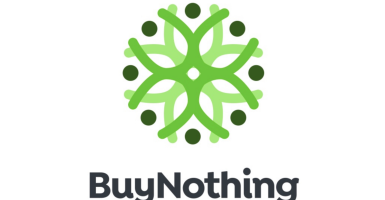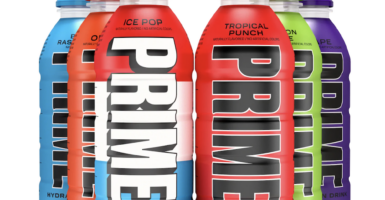Medication Shortages In The US Are Rising Rapidly, With Nearly 300 Types Out Of Stock
Medication shortages that arose during the height of the pandemic have continued to worsen due to lingering supply chain deficits.
This article is more than 2 years old

With the economy in such a fragile state, some sectors are finding it challenging to keep up with demand. No industry is struggling more than the pharmaceutical sector. Prescription and non-prescription drugs are getting excruciatingly hard to source by people who desperately need them.
Medication shortages rose by 30 percent between 2021 and 2022 and are steadily getting worse. This shortage is adversely affecting both patients and doctors, as both are getting frustrated with the lack of available pharmaceuticals. In the last quarter of 2022, nearly 300 medications were in short supply, impacting treatments from the flu to more serious ailments like heart disease and cancer.
These medication shortages came to the forefront during the COVID-19 pandemic when the use of over-the-counter medication reached its pinnacle. But America has been struggling previously with the pandemic to keep minimal levels of popular and essential pharmaceuticals stocked. Numerous “critical care drugs” have been in short supply for nearly ten years.
Since American pharmaceuticals rely heavily on foreign drug manufacturers, it is contributing to their medication shortages. Nearly all of the pharmaceutical manufacturers that produce the active ingredient within drugs are based outside of the United States. Doctors and pharmacies rely on imports so their customers and patients can receive the necessary treatment.
Over 95 percent of critical injectable drugs used in America are produced in either China or India. So if there ever were a breakdown in the supply chain or relationship between these countries, it would be classed as a national health risk as some of these drugs, if they are not taken, could be life or death.
The federal government and pharmaceutical industry leaders also need more visibility on the supply chain of pharmaceuticals entering the United States, as they cannot predict when medication shortages will occur. The Food and Drug Administration (FDA) does not know any supply chain logistics specific to a company or product, making it impossible to reduce these shortages for patients who need the drugs the most.
Even if they are privy to this information, the people who should be using it to help reduce these shortages or at least notify the suppliers and doctors that there will be shortages in the coming months are not utilizing the information. To help stop medication shortages, the FDA could create a central location where all the vital information is stored, like production volumes.
Some Democrats are trialing the idea that a team of Federal experts should perform audits and risk assessments on the supply of pharmaceuticals on a regular basis. Also, if industry leaders, government agencies, and pharmaceutical manufacturers started sharing all the information they possess, many people would have a great scope of this issue.
More investment in the American pharmaceutical industry would ensure that doctors and patients would not have to wait until they receive imports from other countries. America would be more self-sufficient. Putting some of these recommendations into use may cause a shift in the right direction, not just for the pharmaceutical industry but for patients, doctors, and pharmacies alike.









